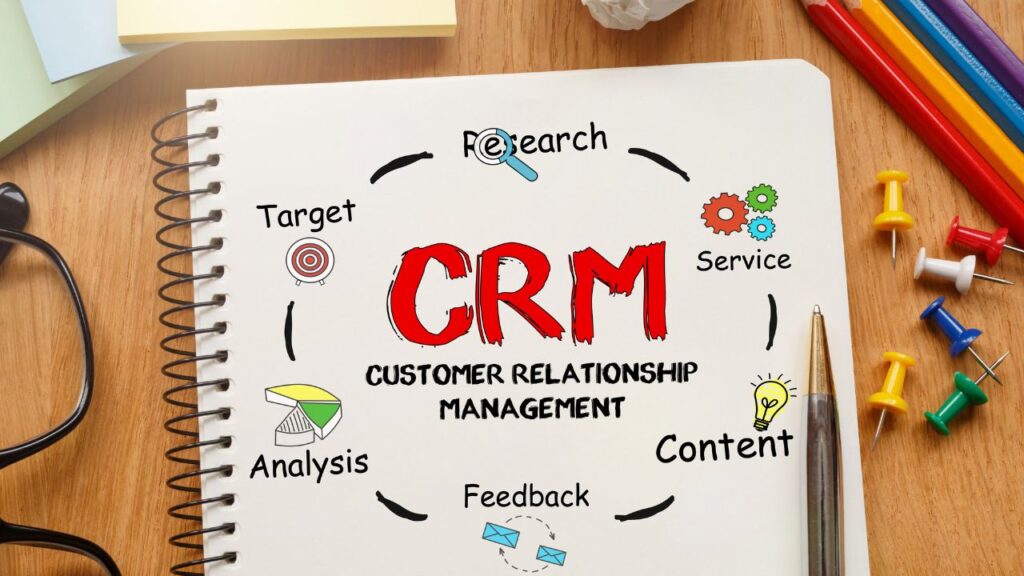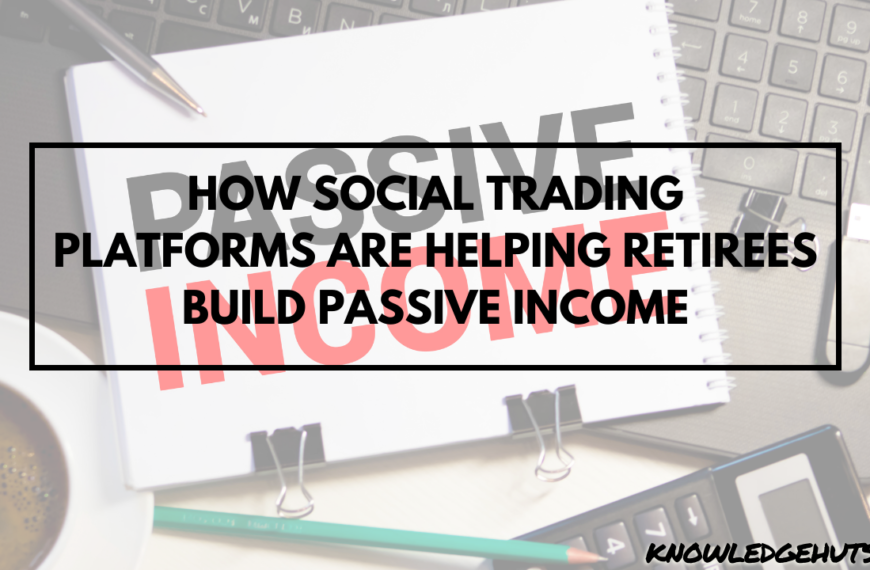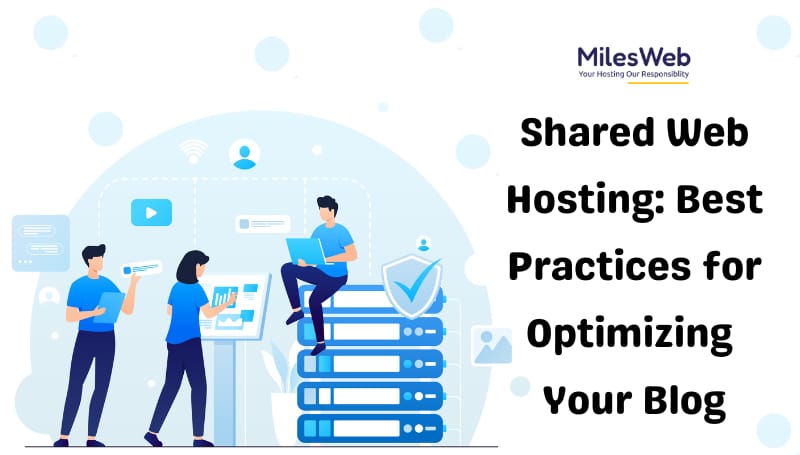Did you know over 98% of Fortune 500 companies use an applicant tracking system (ATS)? They use it to manage hiring. But, more companies are now using a recruitment customer relationship management (CRM) system too. It’s important for HR pros to know the difference between these two tools. This helps make hiring better and gives a great experience to candidates.
Key Takeaways
- Recruitment CRM and applicant tracking systems (ATS) are different tools with unique goals and features.
- CRM systems help build and keep up relationships with candidates. ATS manage the application and hiring process.
- CRM has more features for talking to candidates, keeping a list of potential hires, and managing the hiring process.
- AI ATS helps hiring teams track applications and check candidates.
- Using a CRM with an ATS makes a complete system for managing talent, making the hiring process better.
Understanding Recruitment Software
Recruitment software can seem hard to understand at first. But, knowing the difference between recruitment CRM and ATS can help you choose the right one for your needs. These systems are key to modern hiring. They have different uses and meet different needs.
Defining Recruitment CRM
Recruitment CRM is all about building and keeping relationships with potential candidates. It helps you manage candidate data and keep track of interactions. It also makes communication during hiring easier.
CRM systems are great at resume parsing, finding candidates, and managing relationships with them. This lets you reach out to talent pools ahead of time.
Exploring Applicant Tracking Systems
Applicant tracking systems (ATS) focus on job application tracking and making hiring easier. They help you manage job ads, track candidate applications, and automate tasks. ATS are good at resume parsing and checking candidates. This makes finding the right candidates easier.
Knowing what recruitment CRM and ATS do can help you pick the best software for your hiring needs. It can also improve your recruitment strategy.
Key Differences Between CRM and ATS

When looking at recruitment software, it’s key to know the differences between a recruitment CRM and an Applicant Tracking System (ATS). These tools help make hiring easier but serve different needs.
A recruitment CRM helps you keep in touch with candidates. It lets you build and keep relationships with them from start to finish. On the other hand, an ATS focuses on tracking and checking applicants. It makes handling job ads, applications, and checking candidates easier.
- Recruitment CRM is all about building relationships and managing talent. ATS is great at making the hiring process smoother.
- Recruitment CRM is for those in talent acquisition and recruitment. ATS is for hiring managers and HR teams.
- Recruitment CRM helps with reaching out to candidates, keeping them engaged, and building relationships. ATS is all about job ads, managing applications, and checking candidates.
Knowing these differences helps you pick the right recruitment software for your hiring automation needs and recruitment plan.
Recruitment CRM vs Applicant Tracking Systems
Recruiters have two main tools to help with hiring: recruitment CRM and applicant tracking systems (ATS). Each has its own role in finding talent. Knowing what each does can help you pick the right one for your team.
Purpose and Functionality
Recruitment CRM helps you keep in touch with candidates before they even apply. It tracks your talks, manages messages, and gives insights into your talent pool. Applicant tracking systems make applying for jobs easier. They handle everything from posting jobs to picking candidates.
Target Users and Workflows
Recruitment CRM is great for teams that want a strong talent pool. It suits companies with lots of passive candidates or those that value employee referrals. Applicant tracking systems are for hiring managers and HR who need to handle lots of job applications well.
Knowing the differences between these systems helps you choose the right tools for your hiring needs.
Benefits of Integrating CRM and ATS
Using your recruitment CRM and applicant tracking system (ATS) together brings big benefits. It makes hiring easier and improves how you talk to candidates. This helps you find and keep the best people.
Streamlined Hiring Process
When CRM and ATS work together, hiring gets more efficient. You can manage the whole hiring process better. This means less work for you and better flow of information.
This approach cuts down on paperwork and makes sure everyone has the right info. It makes hiring smoother from start to finish.
Improved Candidate Experience
CRM and ATS together make hiring better for candidates too. They like the easy application process and staying updated. This makes them more likely to join your team.
Additionally, integrating a recognition program within your recruitment process can enhance candidate engagement by showing appreciation for their efforts during the hiring process.
It also makes your company look good. People talk about the great experience they had with you. This helps you stand out when looking for talent.
So, using CRM and ATS together means better hiring and happier candidates. It gives you an edge in finding the best people for your team.
Choosing the Right Solution
Choosing between a recruitment CRM or an applicant tracking system is important. You need to look at what your company needs. Think about your hiring goals, team, and how you work. This will help you pick the best solution for your hiring process and talent strategy.
Assessing Your Hiring Needs
Think about these things to find the best fit:
- How big and complex is your hiring? Do you need a strong recruitment software or something simpler?
- What kind of jobs are you hiring for? Are they simple jobs or complex ones?
- How much automation do you want? Do you need things like candidate scoring and automated messages?
- Do you want a lot of data and reports for your hiring? Do you need detailed analytics and custom dashboards?
By carefully looking at your hiring needs, you’ll find the right recruitment CRM or applicant tracking system. This will make hiring easier and help you build your dream team.
Best Practices for Implementation
Putting in a new recruitment CRM or applicant tracking system (ATS) is hard, but you can make it easier. It helps with job application tracking, onboarding management, and compliance tracking. Here are some tips to get the most out of your new tool.
- Prioritize Data Migration: Make sure to move your old data into the new system well. This keeps everything in one place and helps you see your talent better.
- Invest in User Training: Teach your hiring team how to use the new software well. Keep giving them help and updates to make sure they use it right.
- Establish Clear Workflows: Make your hiring steps clear and match them with your recruitment CRM or ATS. This makes your team work better and avoids delays.
- Continuously Optimize: Check how well your solution is working often. Ask users and candidates for their thoughts. Then, make changes to make things better and improve the experience.
Following these tips will help you use your recruitment software well. You’ll get a smooth, correct, and focused hiring process.
Conclusion
In the world of finding new employees, knowing the difference between recruitment CRM and applicant tracking systems is key. It helps companies make their hiring better. By looking at what you need and what each system can do, you can pick the best one for your team.
Choosing a recruitment CRM, an applicant tracking system, or both can make hiring better. The right recruitment software helps you find, talk to, and hire the best people. With hiring automation, you can make hiring easier, make candidates happy, and build a strong team.
Using the right recruitment tech is a smart move for your business. Look at your options, know what you need, and find a partner that helps you meet your hiring goals. This way, you can stay ahead of others.







